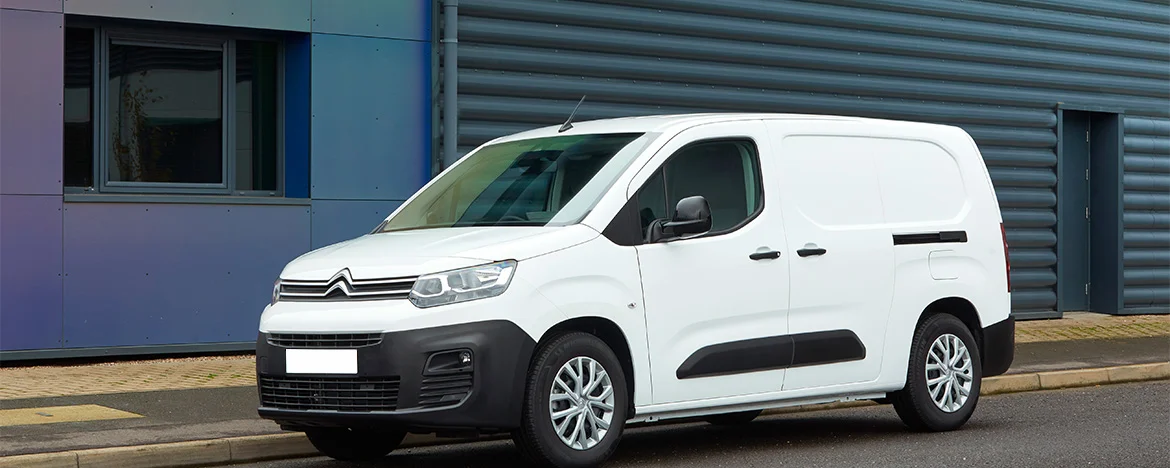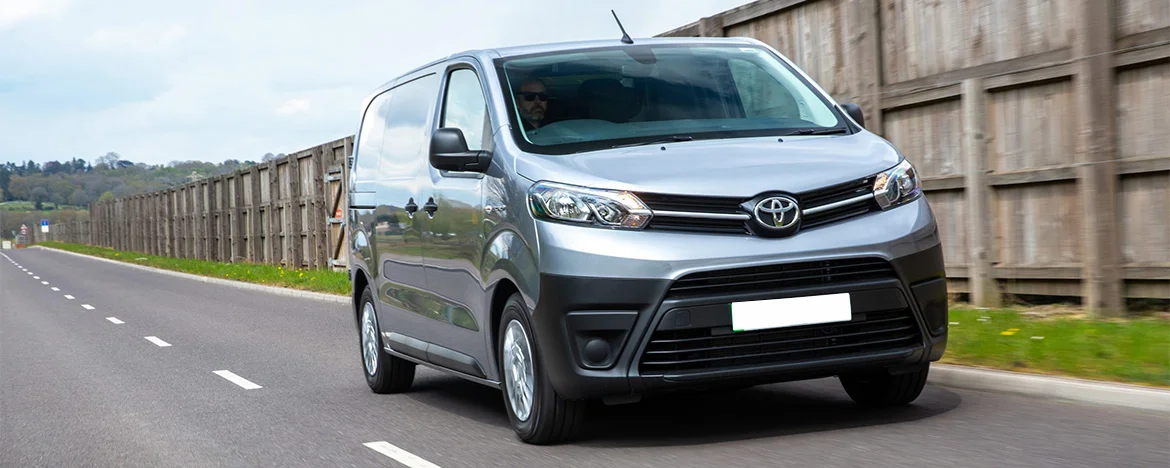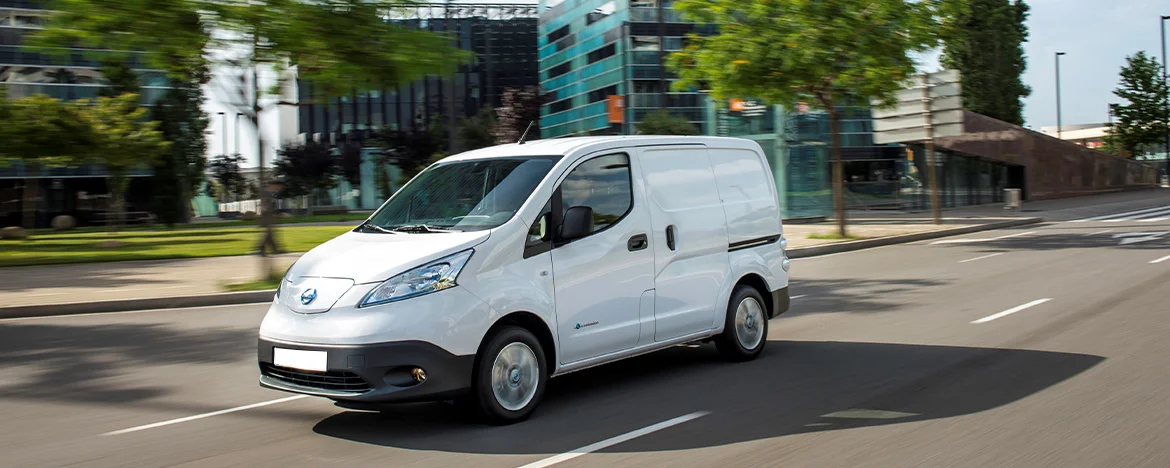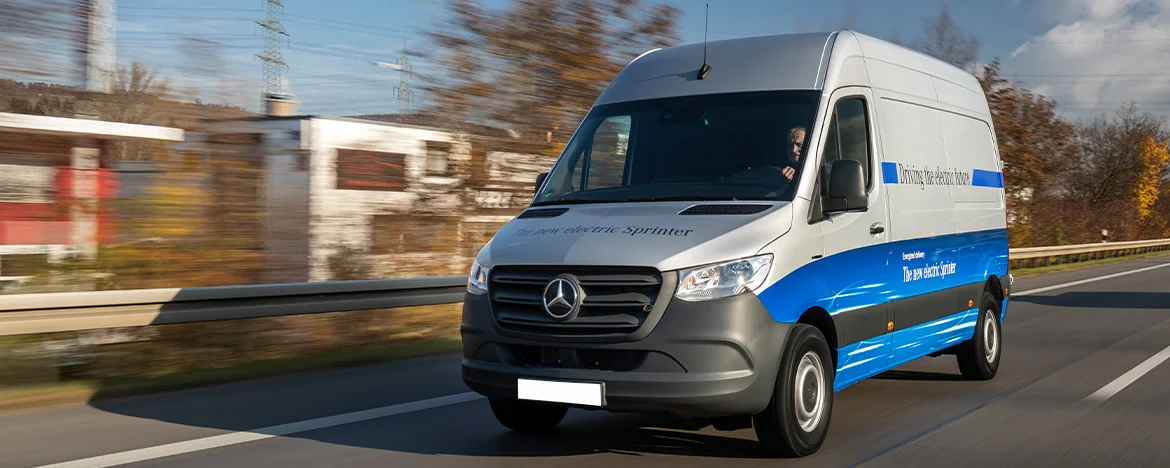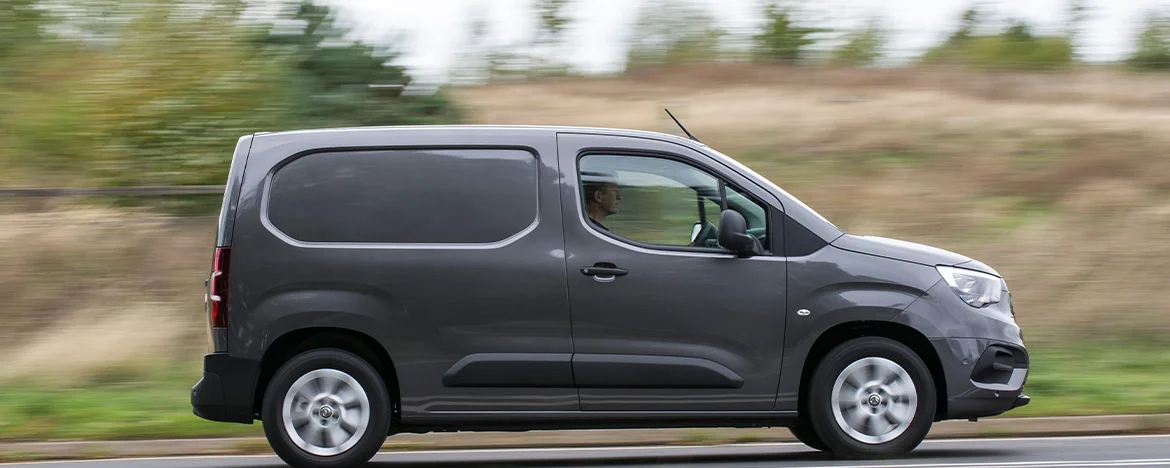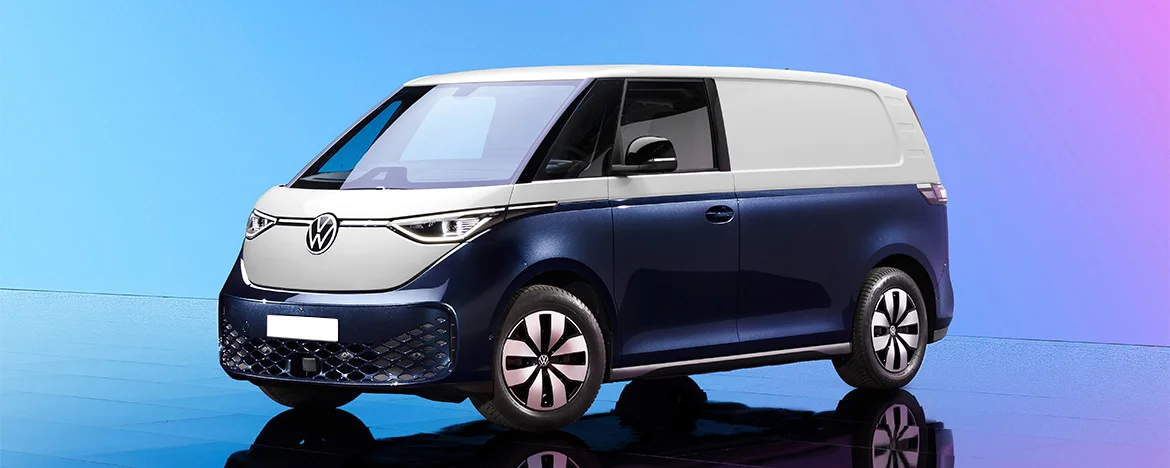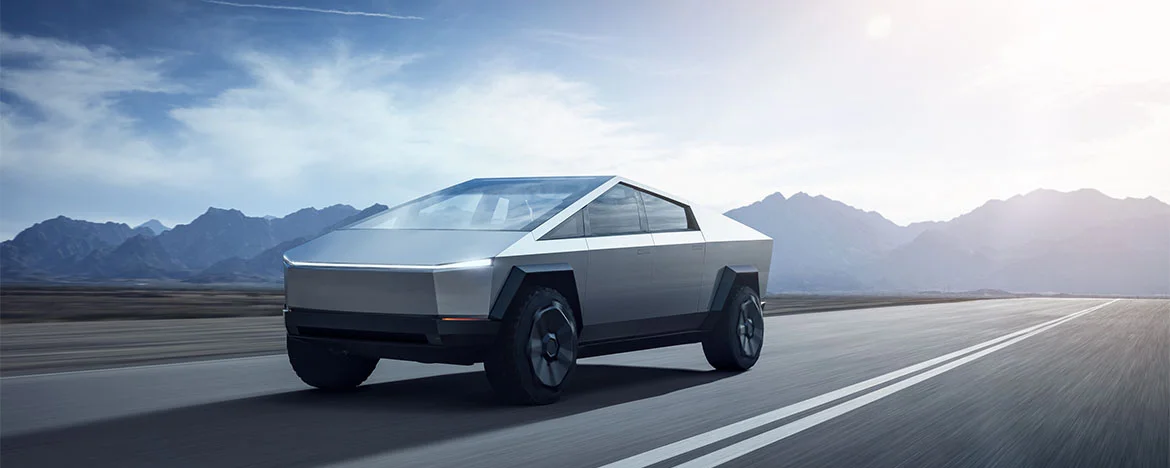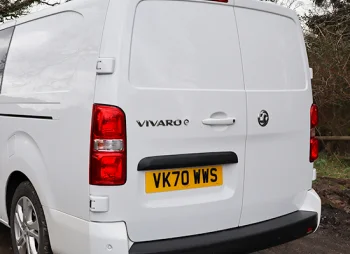Five of the best electric vans you can lease today – and two to keep your eyes peeled for
Electric vans are becoming more popular. But with so many electric vans to choose from, which one is right for you?
Electric van leasing is only going to get bigger.
The government is introducing the 2030 diesel and petrol ban, and with the need for businesses to go green to help tackle climate change, switching your van from combustion to electric is an easy win.
But in a world of acronyms, varying mileage, and different taxation, it’s easier said than done to work out which van is right for you and your business.
We’ve rounded up five of our favourite vans – plus two to watch out for – to help make the decision a little easier. Whether you’re after a small van, a last-mile van, or a cool retro-futuristic van, we’ve got the van lease deal for you.

